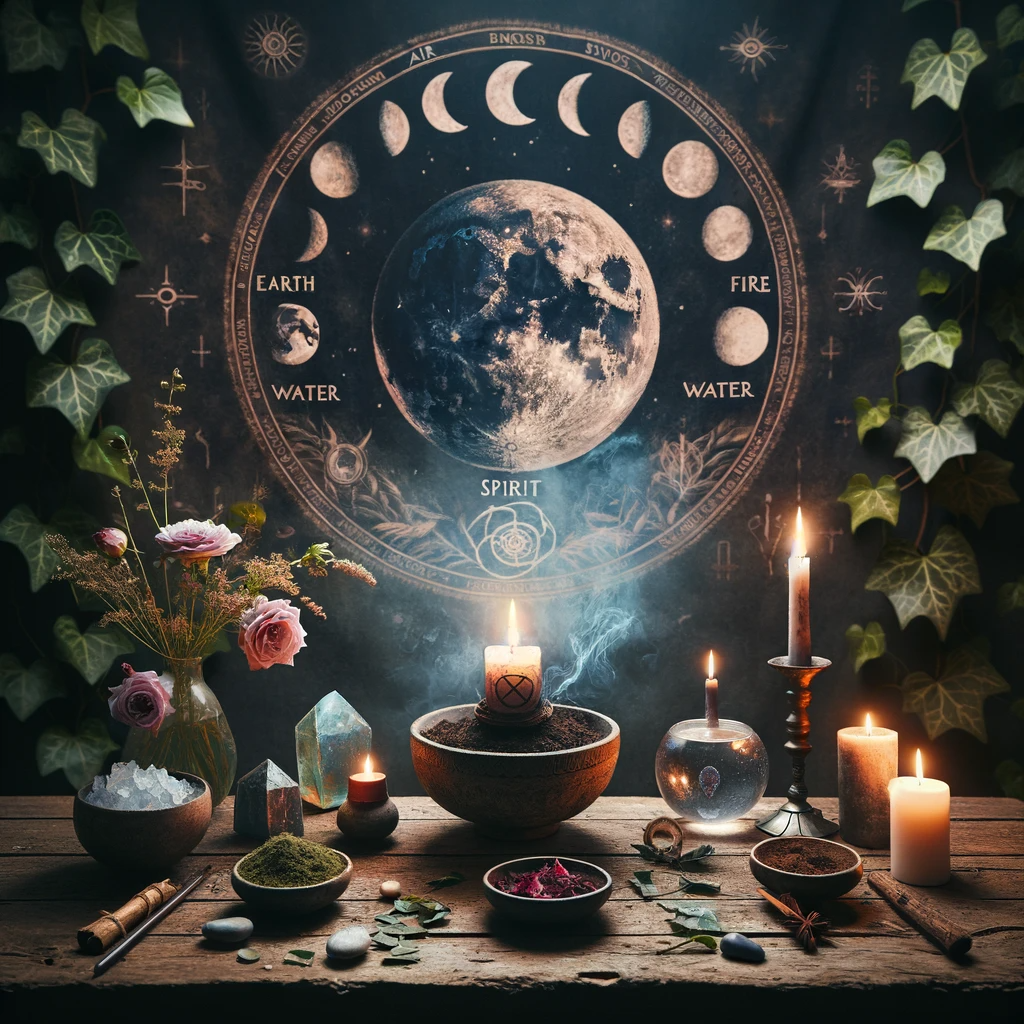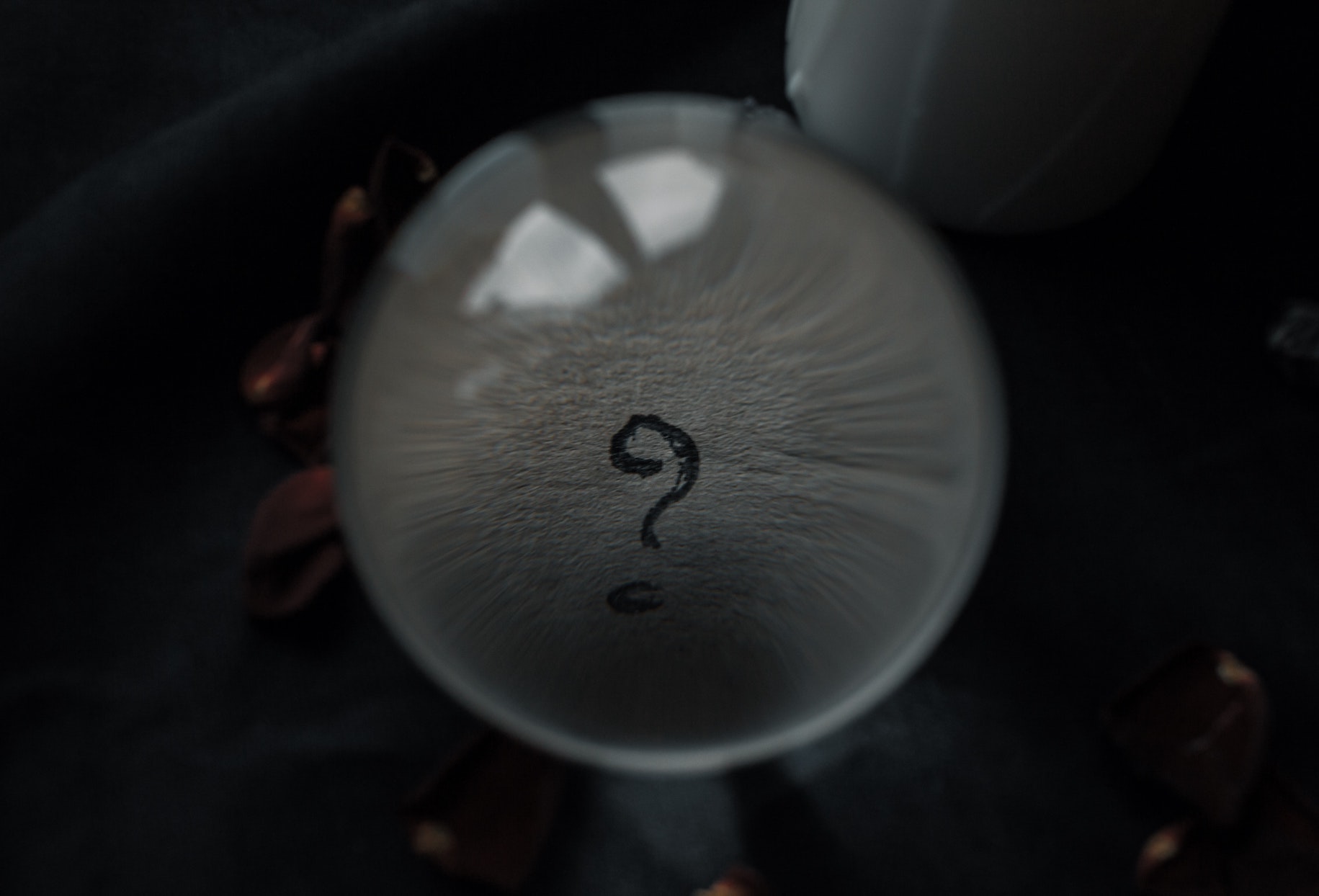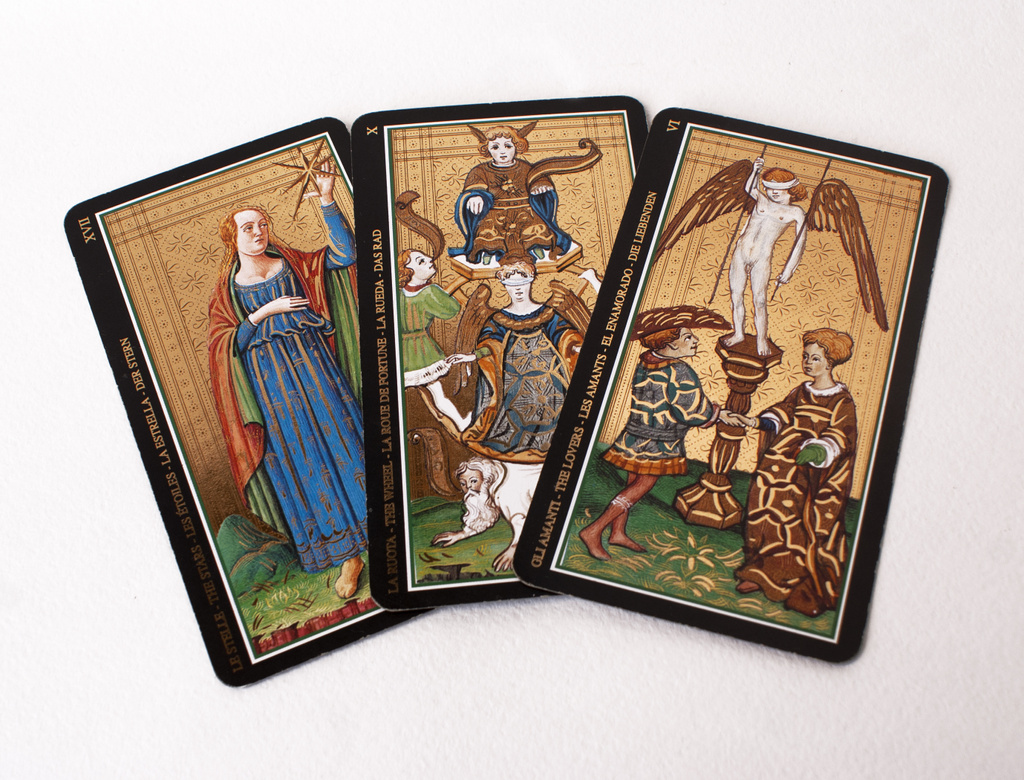Altars serve as the heartbeat of personal witchcraft practices, a physical representation of the sacred interplay between the mundane and the magical. This guide aims to demystify the process of setting up an altar, ensuring that even those new to the craft can create a space that resonates with their unique spiritual journey.
An altar is more than just a collection of items; it’s a personal power spot where you connect with the divine, cast spells, and perform rituals that root your intentions in the physical world.
Understanding an Altar
An altar is a focal point, a sacred structure that has graced temples and homes for millennia. In witchcraft, it acts as a tangible interface between the practitioner and the metaphysical, a staging ground for the energies we work with.
The physical components of an altar are symbols, each holding esoteric significance and serving a specific purpose in the practitioner’s spiritual work. By understanding these symbols, a practitioner can create a more profound and focused practice.
Choosing Your Space
Selecting the perfect spot for an altar is the first step in creating a sacred space. This place should resonate with calmness and inspiration, a corner of your home where you feel most at ease to reflect and meditate.
It doesn’t require an entire room; a small table or shelf can become a sanctuary. The key is consistency and the ability to practice without interruption, allowing for a deep and uninterrupted connection with the energies you wish to channel.
Essential Components of an Altar
Symbols Representing the Elements
The foundation of an altar often includes representations of the five classic elements.
Stones or crystals can represent Earth, offering grounding energy. Incense may stand for Air, carrying prayers and intentions. A candle can symbolize Fire, igniting will and transformation. A bowl of water reflects the element of Water, embodying emotion and intuition. And for Spirit, an item that is deeply personal to you can hold the center, representing the divine within and around.
Deity Representations or Spiritual Symbols
For those who work with deities, statues or images can be a focal point of the altar, serving as a physical embodiment of the gods or goddesses being invoked. Alternatively, universal symbols like the spiral for growth or the eye for protection can anchor the practitioner’s focus.
Tools like Wands, Athames, Chalices, and Pentacles
Each tool has a distinct purpose and represents different aspects of spiritual practice. A wand can direct energy; an athame, a ceremonial blade, can delineate sacred space; a chalice might hold water or wine for offerings or toasts to the divine; and a pentacle, a symbol of earth and protection, can serve as a platform for other items.

Setting Up Your Altar
An altar setup begins with cleansing—physically and energetically—ensuring the space is pristine and vibrating at a frequency conducive to your work.
Arrange your elemental symbols to resonate with your intentions, and consecrate each item, dedicating it to its purpose.
Regularly cleanse your altar to maintain its sacredness, using smoke, sound, or visualization to clear away any stagnant energies.
Personalizing Your Altar
Your altar should be a reflection of your personal spiritual path, adorned with items that speak to your soul. Seasonal flowers, heirlooms, or even photographs can add a layer of personal significance.
Attune your altar to the rhythms of the earth by aligning it with the Wheel of the Year or the phases of the moon, ensuring it is a living part of your practice, evolving as you do.
Altar Maintenance
A well-maintained altar is a reflection of a well-maintained practice. Just as one’s spiritual path requires regular attention and intention, so too does the physical space where one practices.
Cleaning the altar is not just about dusting and organizing; it’s about re-energizing the area. This can be as simple as wiping down surfaces or as ritualistic as using moon water for its cleansing properties.
Beyond cleanliness, it’s vital to regularly recharge your tools and symbols, bathing them in sunlight or moonlight, and reaffirming their purposes in your practice.
Altar Etiquette
Respect is the cornerstone of altar etiquette. This extends to how you interact with the items on your altar and how you incorporate it into your living space, especially if you share it with others.
An altar is a sacred arrangement, and each movement and change should be made with intention and care. It’s not a place for unceremoniously dropped keys or mail. If others are in your space, set clear boundaries about the altar’s sanctity to ensure it remains a place of power and respect.
An altar is your personal nexus of spiritual practice—a space where the ethereal touches the physical, and intentions manifest into reality. Its setup and maintenance are a significant part of your journey. Take the time to make it yours, let it evolve, and allow it to be a true reflection of your inner world. Experiment, learn, and most importantly, find joy in this expression of your spiritual path.
















